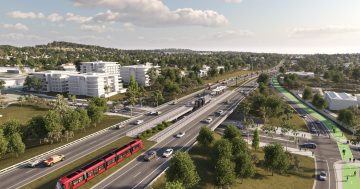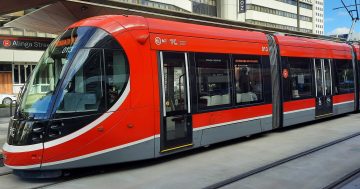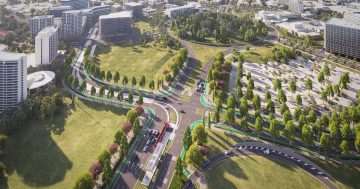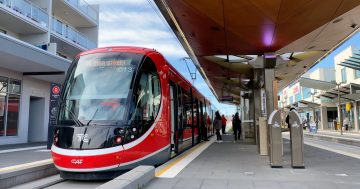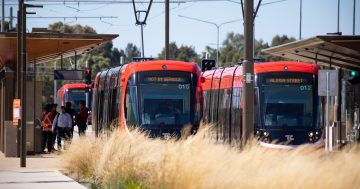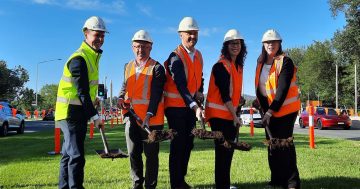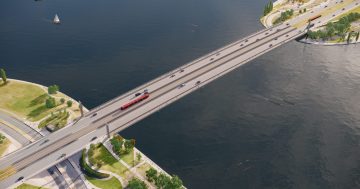Just in case you haven’t already been bored completely to death by hearing about light rail, here’s some more talk about it.
The ACT Government’s Capital Metro light rail project delivers a benefit cost outcome similar to, or better than, other light rail projects that are going ahead around Australia, Minister for the Environment and Sustainable Development, Simon Corbell said today.
“According to Infrastructure Australia’s own costings methodology, the benefit cost ratio for Capital Metro at our medium growth scenario was 2.34; this is similar to, or better than, the benefit cost ratio for other light rail projects going ahead in QLD and NSW,” Mr Corbell said.
“The Gold Coast light rail project, for example, has a benefit cost ratio of 1.63, and Sydney’s InnerWest light rail project between Lilyfield and Dulwich Hill is understood to have a benefit cost ratio of 1.0.
“Benefit cost ratio is a key indicator of a project’s viability. A ratio greater than 1 demonstrates that economically, for every dollar spent there is a positive economic return.
“A ratio of 2.34 shows that for every dollar spent, there is a return of just over two dollars.
“It’s also important to note that the Infrastructure Australia report, that Opposition Transport spokesman Alistair Coe keeps referring to, has not ruled out light rail, rather it has named a ‘Canberra Transit Corridor’ as an early stage infrastructure priority (page 100).
“Transforming and integrating the city’s public transport system is a big investment that will deliver benefits to Canberrans, and to the economy, for decades to come,” Mr Corbell said.
Cool, profit, yes, whatever! Just build the thing already.












